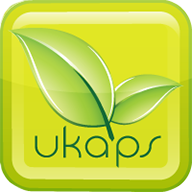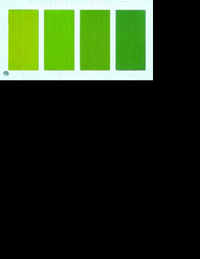Hello everyone,
I've just been thinking about water analysis kits and wondering what the more trusted test kits are?
I'm sure most of these have their issues, but are any better than others?
The kind of thing I want to test for is iron, phosphate, potassium, magnesium etc, the general micro and macronutrients for plant growth.
Thanks a million!
Ryan
I've just been thinking about water analysis kits and wondering what the more trusted test kits are?
I'm sure most of these have their issues, but are any better than others?
The kind of thing I want to test for is iron, phosphate, potassium, magnesium etc, the general micro and macronutrients for plant growth.
Thanks a million!
Ryan





